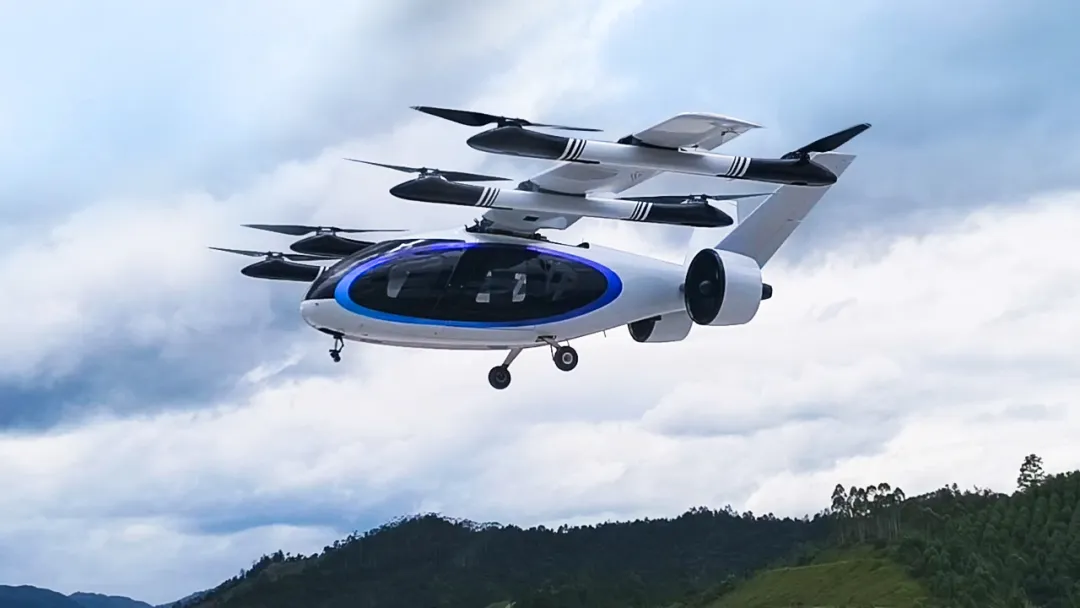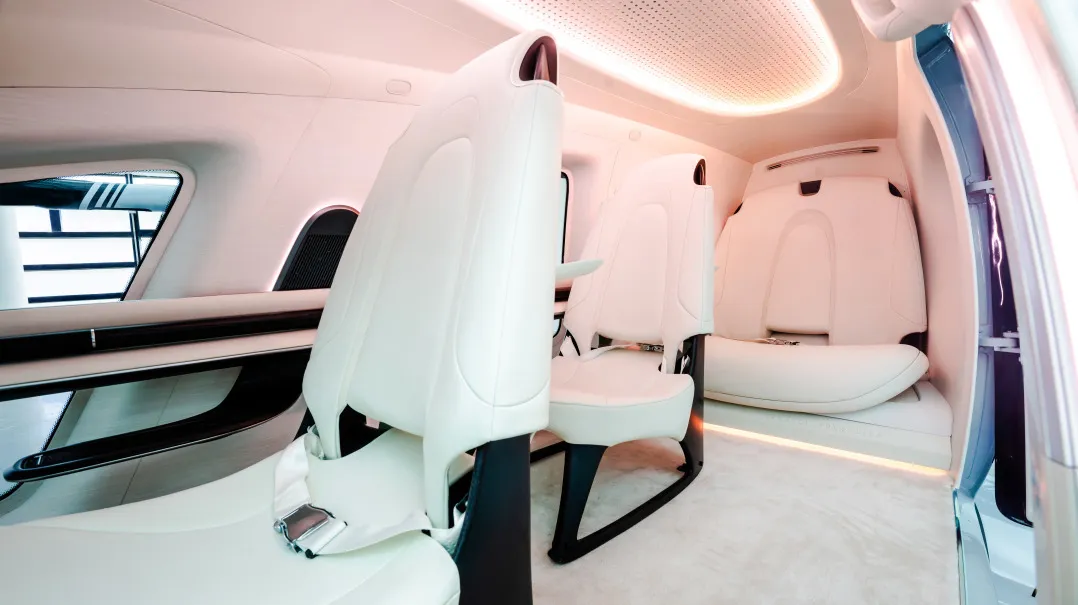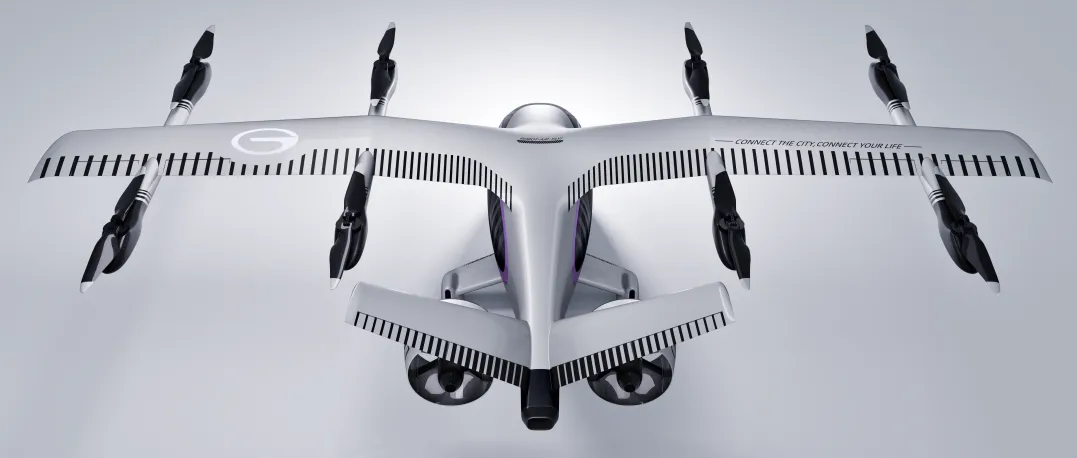 AI Digest Pending…
AI Digest Pending…
July 3 – GAC GOVY’s first self-developed compound-wing electric vertical takeoff and landing (eVTOL) aircraft, the GOVY AirJet, successfully completed its maiden flight. This milestone signifies a major breakthrough for Guangdong in the low-altitude economy and formally ushers in the era of "urban three-dimensional mobility," demonstrating GAC GOVY's exceptional capabilities in flying car R&D.

The GOVY AirJet is GAC GOVY's inaugural compound-wing flying car. Featuring an 8-axis, 8-propeller configuration combined with a dual-ducted fan compound-wing design, it merges the cruise efficiency of fixed-wing aircraft with the VTOL flexibility of multirotor systems, enabling runway-free operations. Powered by GAC's proprietary electric propulsion system, it achieves a top speed of 250 km/h and a range of 200 km, supporting 25-minute fast charging. Safety is ensured by a lightweight carbon fiber airframe, a multi-layer battery protection system, and an intelligent obstacle perception/avoidance system. Over 90% of the airframe utilizes carbon fiber composite materials. The cabin employs a flexible "1+1+X" layout accommodating up to 4 passengers, equipped with a "Smart Functional Floating Island" console and a "Pixel Galaxy" starlight headliner for enhanced comfort.

The successful maiden flight of the GOVY AirJet marks a significant step for GAC GOVY in urban air mobility (UAM). Going forward, GAC GOVY plans to establish multiple vertiports across the Guangdong-Hong Kong-Macao Greater Bay Area (GBA) to build a low-altitude transportation network, enabling rapid intercity connectivity. Post-commercialization, fares for GOVY AirJet services are projected to be approximately twice the cost of taxis, allowing passengers to access efficient, rapid aerial transportation at a comparatively reasonable price.

According to the roadmap, GAC GOVY aims to launch pilot operations in 2-3 GBA cities by 2027, progressively refining the operational model and service ecosystem. As technology matures and costs decrease, the GOVY AirJet is poised to become a pivotal intercity commuter vehicle within the GBA, reducing typical 1-2 hour ground commutes to under 40 minutes – realizing the vision of a "40-minute living circle across the Greater Bay Area."
